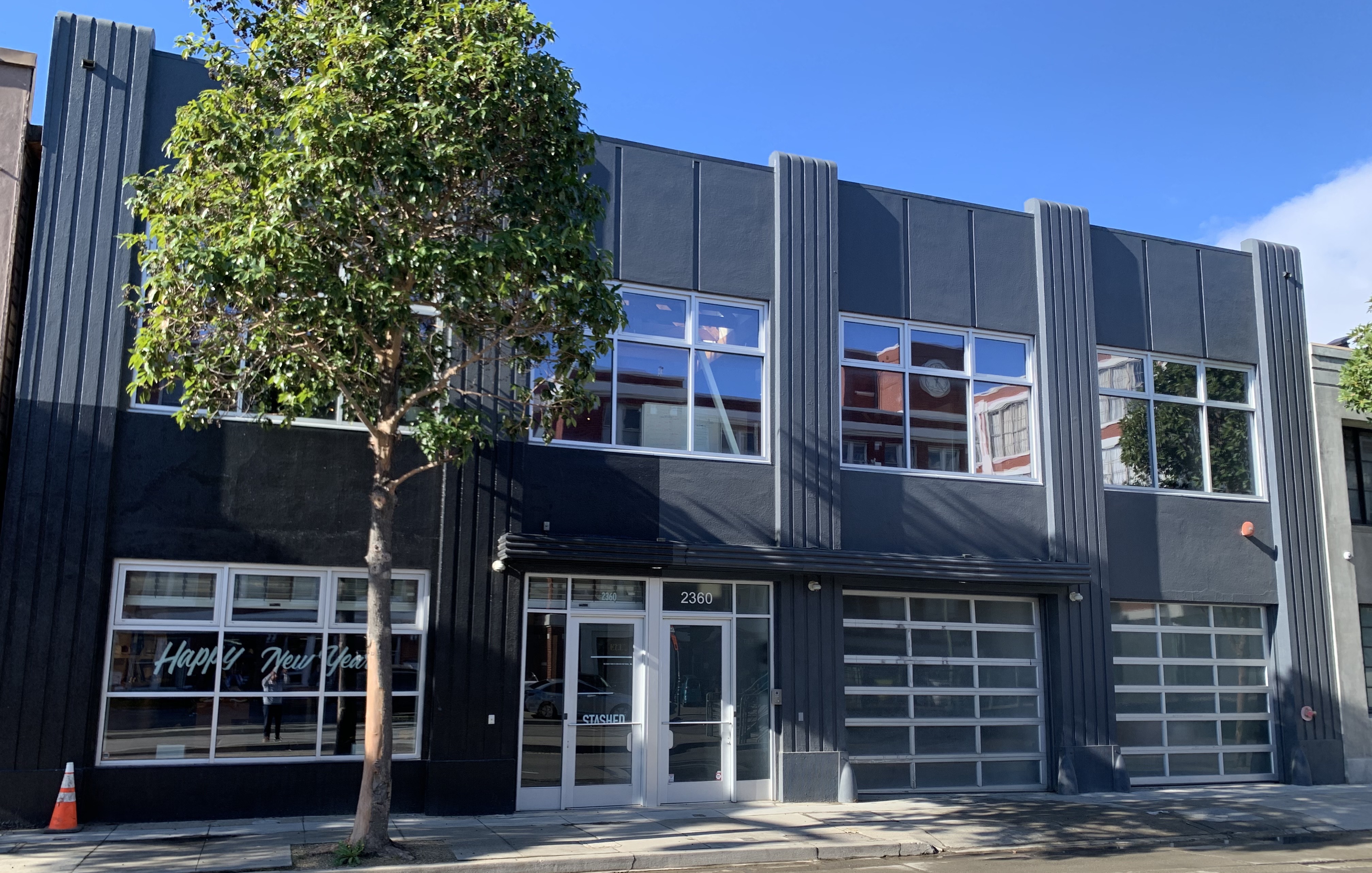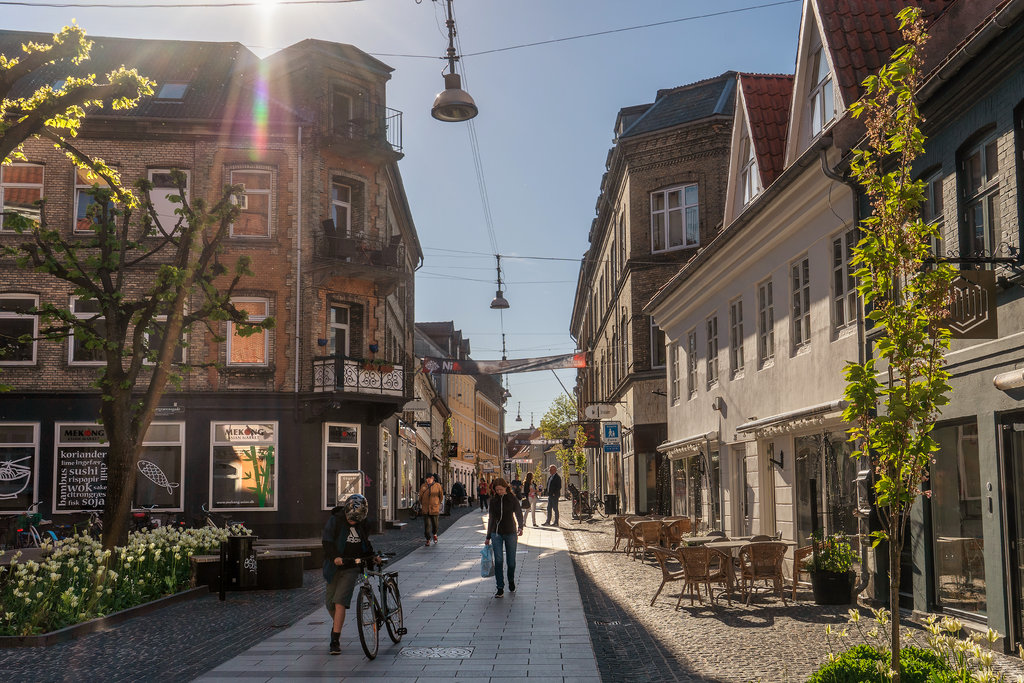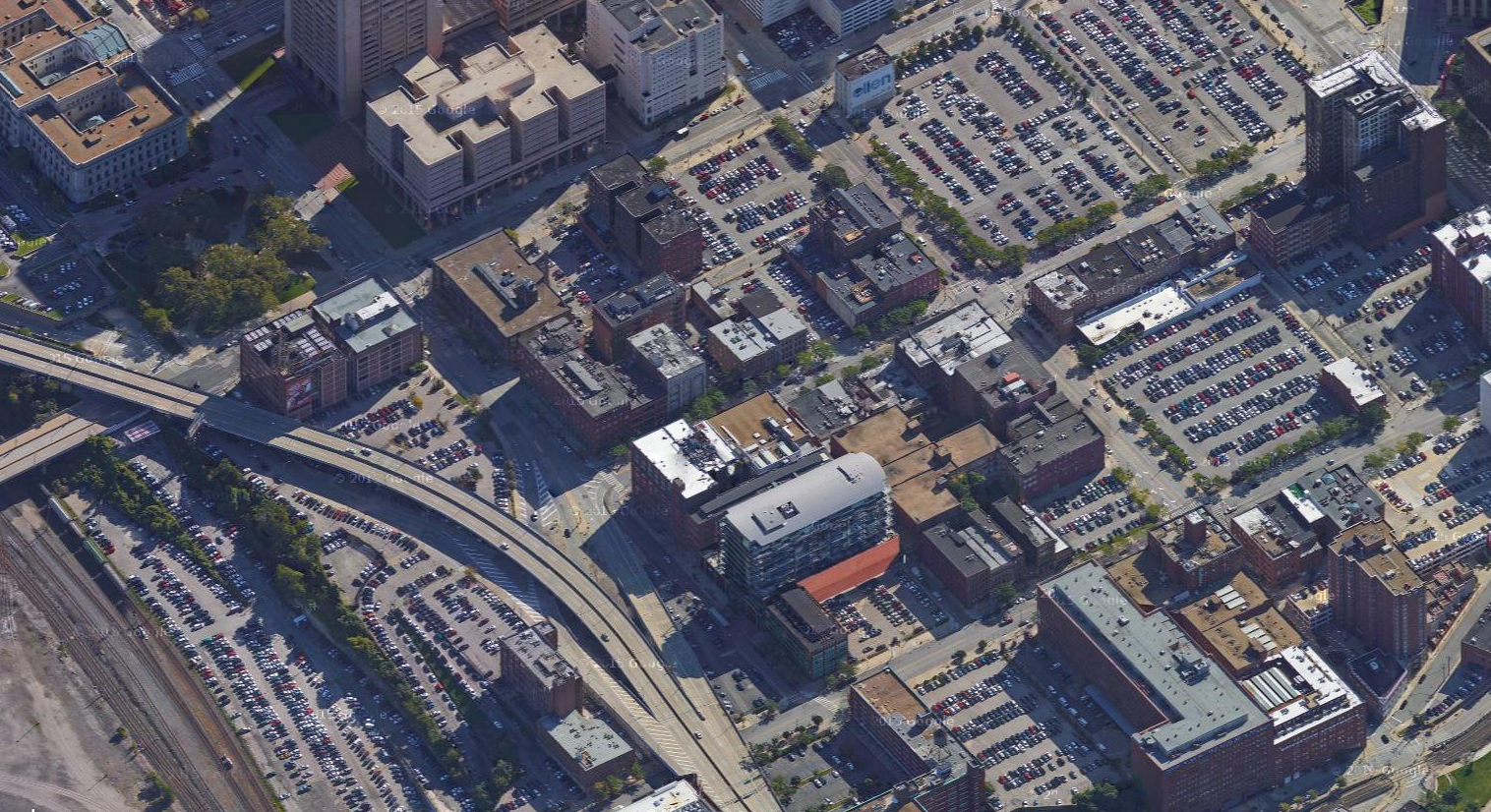Cars and real estate
It’s astounding to consider how much of our urban footprint is dedicated to the automobile. As we inch closer to a post-automobile world, it’s interesting to consider how our local environments will be transformed. This transition will happen in phases: From internal combustion engine to electric vehicles; privately owned vehicles to shared fleets of autonomous vehicles; and eventually to autonomous vertical-takeoff-and-landing (VTOL) aircraft — deprecating trillions of dollars of transportation infrastructure globally.
Gas stations
Gas stations are going to be the first to begin to disappear. As EV adoption accelerates, many traditional downstream oil and gas businesses are going to be forced to consolidate or transition to providing alternative sources of energy. However, since 60% of trips are below 6 miles, the majority of charging will be done via level 1 & 2 charging infrastructure at home.
There will still be a need for the occasional charging outpost, but this demand might be more adequately met by Airbnb-style home charging stations scattered across less populated areas. Community or federal / state charging infrastructure using cheap solar panels might also be available, especially as a way to mitigate surplus energy generated on antiquated grids that are over capacity by incentivizing any nearby vehicles to charge w/ dynamic pricing.
I wonder how we’ll re-envision the many street corners currently occupied by gas stations? Until we have self-driving fleets and car ownership decreases considerably, there will still be a need for parking infrastructure in suburban areas where biking is not feasible. I would hope that the gas stations are replaced with small local businesses, but the high likelihood is that they will simply be replaced with other franchise / chain food and beverage locations.
Startups who are considering how to redefine urban spaces like Remix, Culdesac and Curbflow are all serving important functions to drive more efficient urban land use. Perhaps we’ll see a new Airbnb-style EV charging network alongside the continued proliferation of larger infrastructure providers like Chargepoint.

Autobody shops
With the imminent demise of the internal combustion engine, autobody shops will begin their precipitous decline throughout the decade. While electric vehicles will still require some maintenance, some simple analysis and anecdotes suggest electric vehicles cost significantly less than their internal-combustion engine counterparts. This means there will be significantly reduced demand for auto mechanic services, and that the work will be far less complex.
The total cost of maintenance after 40,000 miles has been $0. Not even new tires yet. I’ve had 3 minor repairs done to my car, all of which were covered for free under the warranty and each time the Tesla Mobile Ranger came to my location and fixed the issue. So far the only recommended maintenance according to the manual is tire rotations every 10,000 miles. But I have a local tire shop in my city that gives free tire rotations to Tesla owners. Some people say ”What about the cost of a new battery?” What if it never needs a new battery? Since I got my Model 3, the estimated range has actually increased by 10 miles. First my estimated range went from 310 to 325 miles as a result of a free software update. My current estimated range is 320 miles so I've only lost about 5 miles of estimated range after driving 40,000 miles. Based on this, at 400,000 miles my Model 3 could still have an estimated range of 275 miles which is more than some EVs right now that cost 3x as much as the Model 3.Source: Tesla Model 3 review on Youtube
There will probably be some interesting real estate redevelopment opportunities to transform these older autobody and mechanic warehouses into new residential lofts or hip new corporate offices. Automechanics will not go entirely out of business due to the continued maintenance required on tires, batteries, motors, brakes, windshields etc… but the vast majority of complexity will be reduced and I estimate that the autobody industry will be reduced by half by the end of the decade. The remaining mechanics will need to become experts in electric vehicle batteries and motors, as well as the increasingly complex internal processors and computing infrastructure integrated into new vehicles.
Infrastructure-light mechanics like Your Mechanic might be able to make the transition to the post-ICE era. Software specific operations will occur at the operating system level, though there will likely be software specalists licensed by the manufacturer to troubleshoot individual vehicle operating system issues.

Parking lots, garages and roads
We’re probably going to be seeing full absorption of autonomous vehicles on the streets in anywhere from 10 to 30 years, and a lot of the financing for projects is on a 30-year basis. So if you’re a developer looking at building a parking garage and you don’t really know if you’re going to be able to finance or have a consistent revenue stream for a parking garage for the next 30 years, we’re finally at that point where we’re actually having a lot of developer clients who are questioning the financial feasibility of building parking garages.— Kristen Hall, urban designer at architecture firm Perkins + Will
As we transition into self-driving fleets and VTOL, we are going to have the opportunity to reverse the plight of our natural ecosystems and redefine our urban and suburban spaces. This is an enormous opportunity to redefine daily life to become pedestrian-centric, encourage light exercise, significantly reduce carbon emissions, and develop green areas that return many of our living spaces to their green splendor of the 19th century and prior (but with all of the industrial and technological advances of the 19th and 20th century!).
Multiple land surveys conducted in the US estimate over 60% of urban land is dedicated to the automobile and US federal spending on highway infrastructure regularly exceeds $200 billion dollars.
This represents an enormous opportunity for the US to reallocate resources towards more sustainable pedestrian and biking friendly infrastructure. Let’s hope that the parking lots are redesigned as green spaces and playgrounds, and the roads are bulldozed for wildlife to reclaim the vast suburban and rural stretches scarred by asphalt and pavement.
Request for startups
There’s a powerful opportunity at hand for the United States this decade with the imminent demise of the automobile. I hope that we realize the enormous potential to redefine our urban experience in delightful ways that are safer, healthier, and more environmentally sustainable than perhaps any other time in history.
If you’re working on ways to rethink and recapture urban spaces that are currently dominated by the automobile, I’d love to hear from you.
